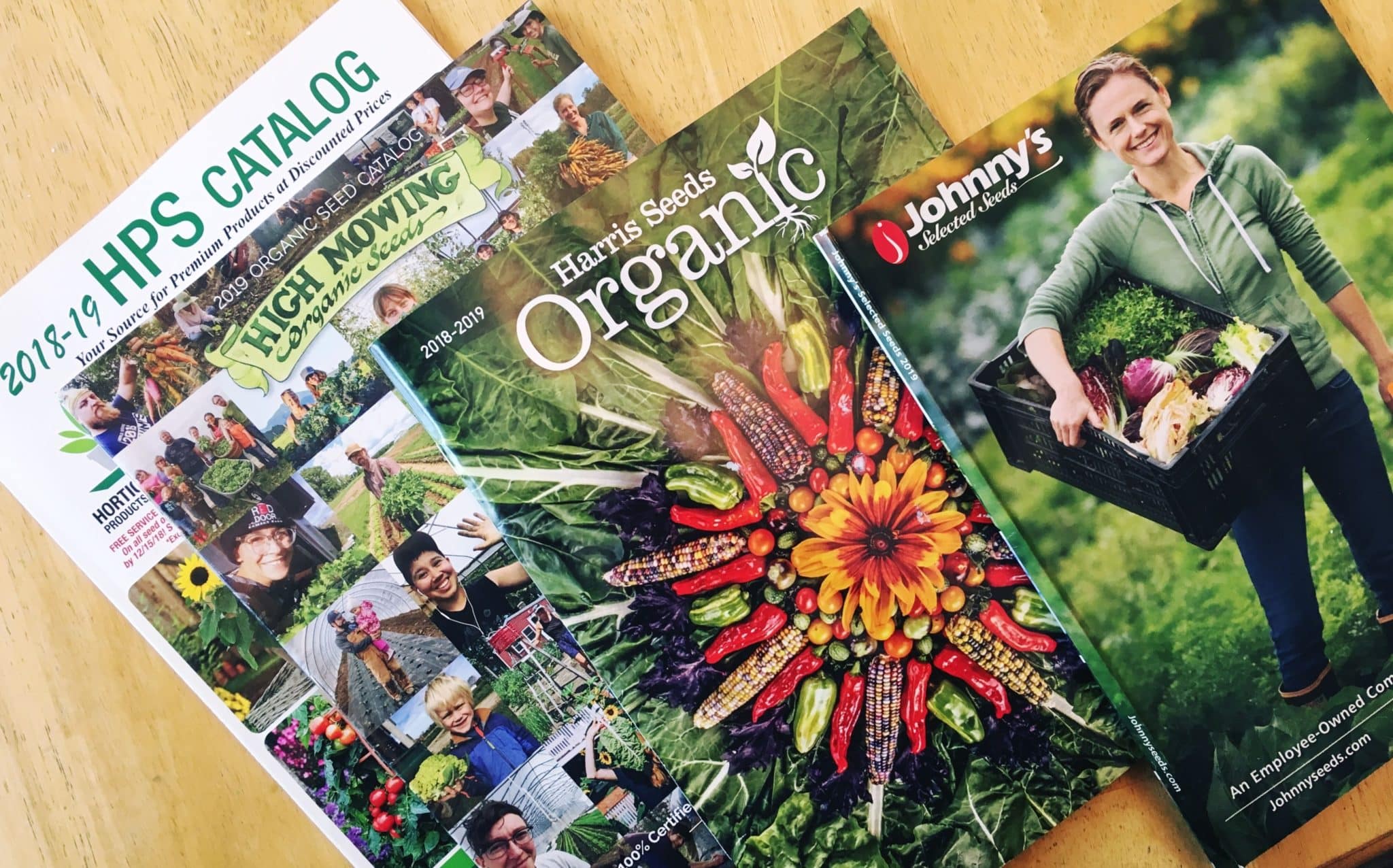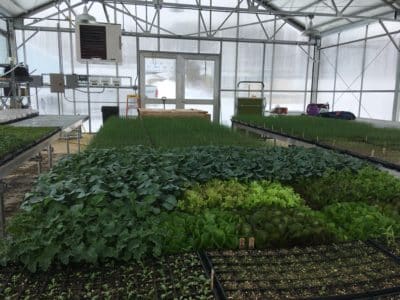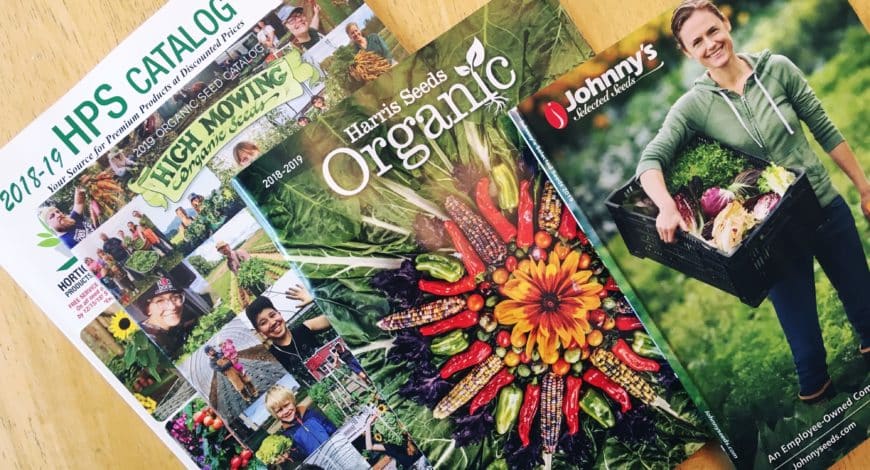
by Laurel Blomquist, Head Gardener | People often ask me, “Do you work over the winter? What do you do?” The answer is a resounding, “Yes!” While farmers in more temperate parts of the country may be able to squeeze in a few more crops, I cherish this time of year to pause, reflect on the past year, and make plans for the following year. Farming is constantly in flux, and every year is different. I use the time to make each coming year better for my customers, my employees, and myself.
Step One: Review the Past
2018 was Gwenyn Hill Farm’s first year of selling produce to the public. My first task is to review every aspect of production and sales to determine what we did well, and what we could improve upon. In my last blog, I spoke about what we learned from the surveys and Focus Groups. The good news is that we are on the right track.
I have also kept lots of records throughout the year, and now I need to crunch some numbers and make sense out of them. These include: crop yields, planting records, CSA, Farmers Market, and Wholesale inventory records, and labor hours to harvest, wash, and pack vegetables.
Step Two: Make New Plans
Last year, this is where I started. I had a blank slate, and I made plans based on farms I had worked at in the past. There are lots of factors to consider when making a farm plan. The farm plan includes which vegetables we want to grow and which varieties of those vegetables will perform best for us (factoring in flavor, yield, and disease resistance). Next, I decide how much of each vegetable to grow. From there, I work backwards to produce the field planting schedule, the greenhouse planting schedule, and finally the seed order. It’s a lot of spreadsheets and math. I need to create a careful balance of production and labor for our CSA, Farmers Market, and growing Wholesale markets.
Step Three: Order Seeds & Supplies
This is arguably the most fun part of planning for the coming season. Seed catalogs have already started to arrive, and I can easily spend hours paging through them, circling old and new favorites. I was happy with many of the varieties I selected last year, but there is always room for improvement, or trying something new.
Step Four: Conference Season
Farmers don’t have much down time during the growing season, so winter is when we get together for conferences. Ryan and I are already planning to go to two different conferences, and I’m sure there will be more. Linda, is even presenting at a couple! These are important for learning current trends and networking with our peers.
Step Five: Marketing
For 2019, I’m planning for 200 Every Other Week members. So far, we are at 45% of our goal. This means that we will need to attend community events to get the word out. With luck, our newly renovated barn will be complete, and we’ll be able to host an Open House sometime in late spring. Stay tuned for more details.
 Step Six: Planting
Step Six: Planting
In order to harvest the full spectrum of vegetables in the short growing season of Wisconsin, we need to begin plants indoors. Late February or early March is the start of Greenhouse Season. This means I don’t have a lot of time to complete my task list before it’s time to plant, and the whole cycle begins again.
Laurel Blomquist is looking forward to a little rest and relaxation with family and friends this winter.

